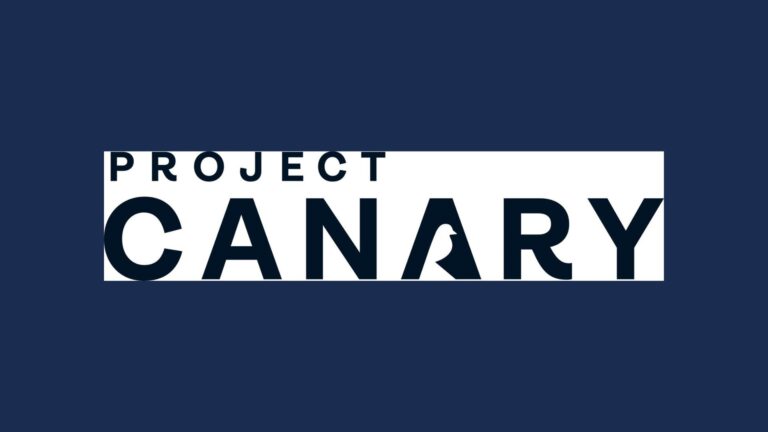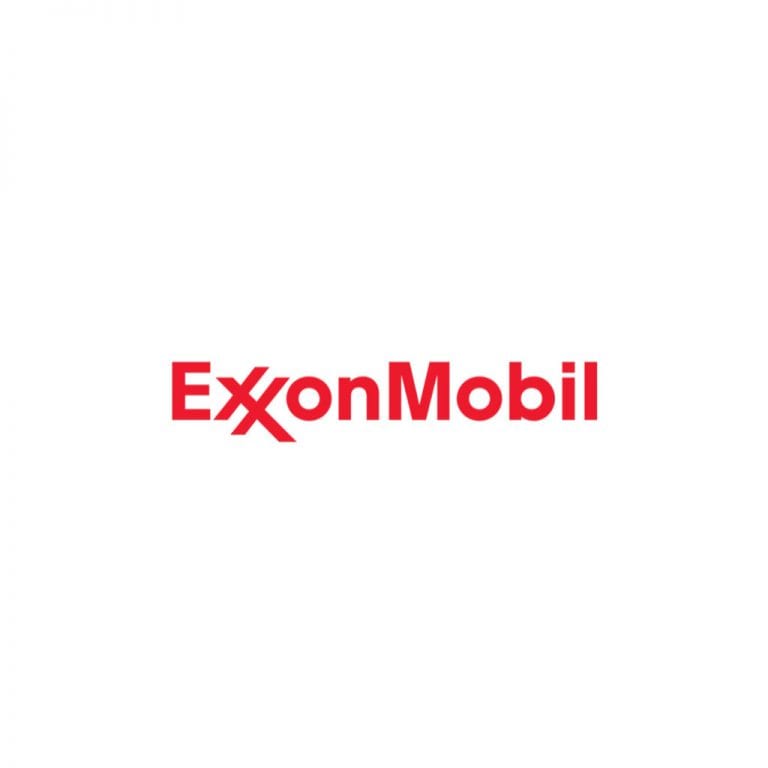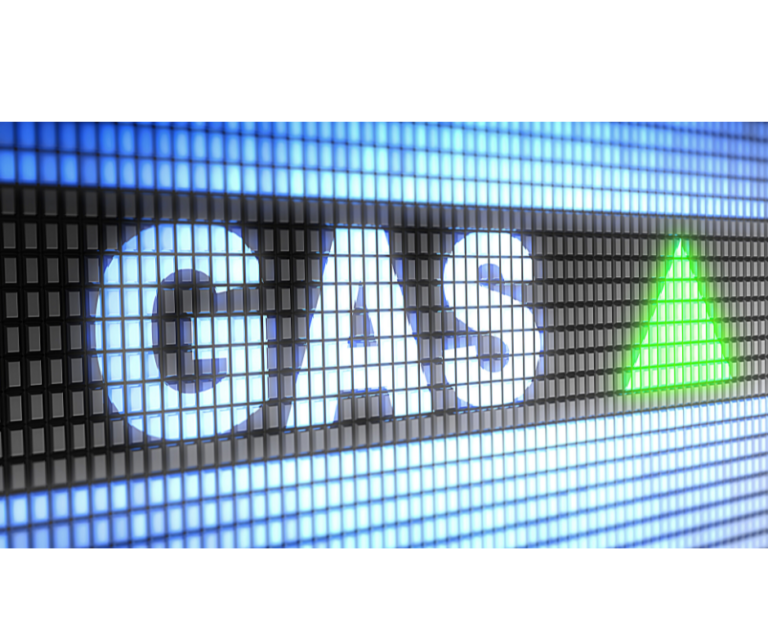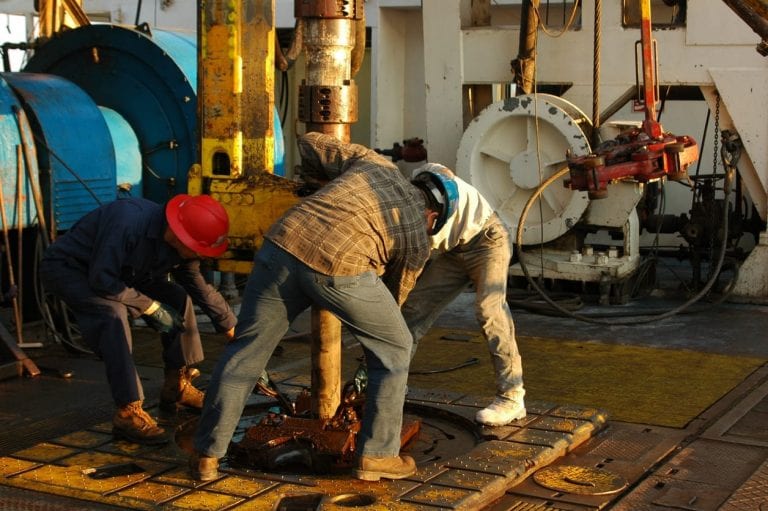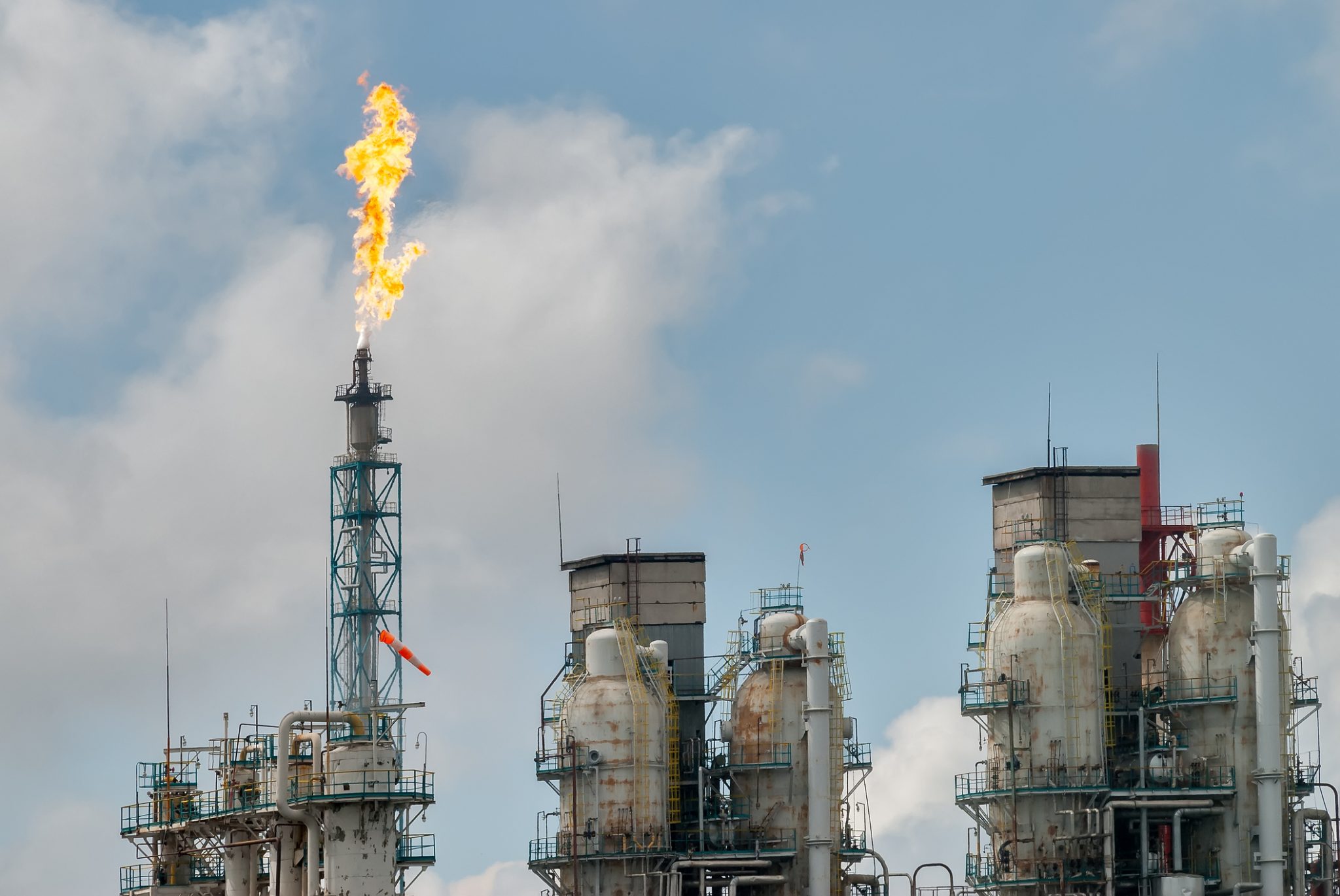
At a recent meeting of the Texas Railroad Commission, the Texas Methane Flaring Coalition laid out a series of best-practice recommendations for industry and regulators to consider as we all move toward a goal of zero routine flaring in the Permian Basin.
We’re proud to add our voice to this diverse group calling for action – everyone from the Environmental Defense Fund to the Oil and Gas Climate Initiative and investors such as JP Morgan Asset Management, as well as small and large energy companies.
ExxonMobil’s experience in the Permian Basin demonstrates that zero routine flaring is within everyone’s reach.
A little over a year ago, we instituted an ambitious protocol to reduce flaring at our U.S. unconventional operations.
The protocol includes the installation of new equipment to capture emissions, completing wells only when we have adequate natural gas takeaway capacity, and shutting in production if there is a prolonged mechanical upset.
The results have been extremely encouraging, and demonstrate that the industry can reduce flaring through cost-effective measures.
In just one year, we lowered our flaring intensity in the Delaware and Midland sections of the Permian from 4.7 percent in June 2019 to 1 percent in May. When you consider we’re producing a lot more oil in the Permian compared to last year, this achievement takes on added significance.
Natural gas production provides enormous economic and environmental benefits.
These benefits can be maximized when the oil and gas industry takes further action to reduce flaring and methane emissions.
At ExxonMobil, we’re making real progress on both — through support for federal methane regulations, and by meeting our flaring and methane reduction targets, which we expect to do by yearend.
Through initiatives like the Texas Methane Flaring Coalition, we’re also helping others achieve the same progress.
Source: ExxonMobil


